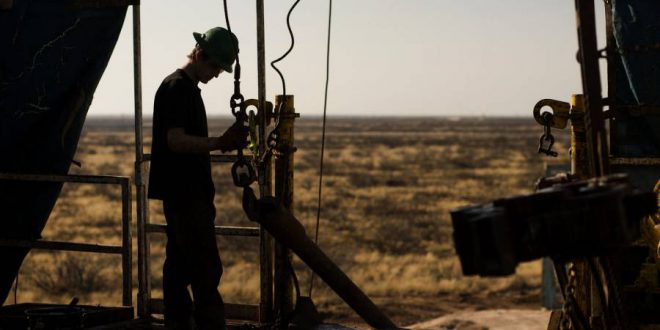A recently released World Bank report. the April Commodity Markets Outlook. says the year 2018 will see 20 per cent jump in oil price. natural gas and coal prices. Oil prices alone are forecast to average $65 a barrel. registering $12 a barrel rise from the average price of $53 a barrel in 2017. The crude oil prices have recently touched whole new high of over $75 a barrel. leaving a dent on India`s current account deficit. On Thursday itself. Brent crude oil was at $73 a barrel mark. A major rise in the oil price is expected due to a strong demand from consumers and restraint by oil producers.
Not only oil and gas but metal prices will also see a sharp uptick. says the report. The World Bank forecast that metals prices are expected to rise 9 per cent in 2018 on the back of a pickup in demand and supply constraints.
With not much weather disruption expected this year. agricultural prices will not see sharp rise. Agricultural commodities. including food commodities and raw materials. are anticipated to see a price rise of over 2 per cent in 2018 on diminished planting prospects.
`Accelerating global growth and rising demand are important factors behind broad-based price increases for most commodities and the forecast of higher commodities prices ahead.` said Shantayanan Devarajan. World Bank Senior Director for Development Economics and acting Chief Economist. `At the same time. policy actions currently under discussion add uncertainty to the outlook.` added Devarajan.
In its outlook. the report adds the average oil prices would remain $65 bbl over 2019 as well. Although prices are projected to decline from April 2018 levels. they should be supported by continued production restraint by OPEC and non-OPEC producers and strong demand. said the report.
Upside risks to the forecast include constraints to the US shale oil output. geopolitical risks in several producing countries. and concerns that the United States may not waive sanctions against Iran. `Oil prices have more than doubled since bottoming in early 2016. as the large overhang of inventories has been reduced significantly.` said John Baffes. Senior Economist and lead author of the Commodity Markets Outlook. He added: `Strong oil demand and greater compliance by the OPEC and non-OPEC producers with their agreed output pledges helped tip the market into deficit.`
 Iran Energy News Oil, Gas, Petrochemical and Energy Field Specialized Channel
Iran Energy News Oil, Gas, Petrochemical and Energy Field Specialized Channel




